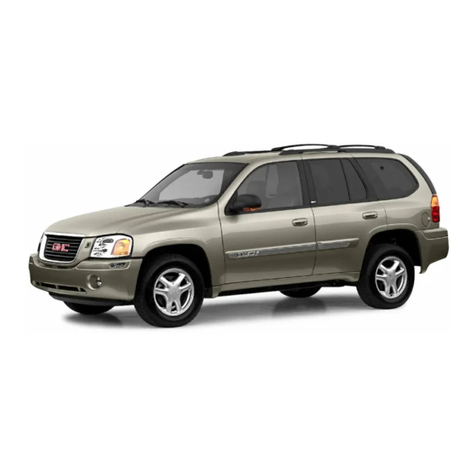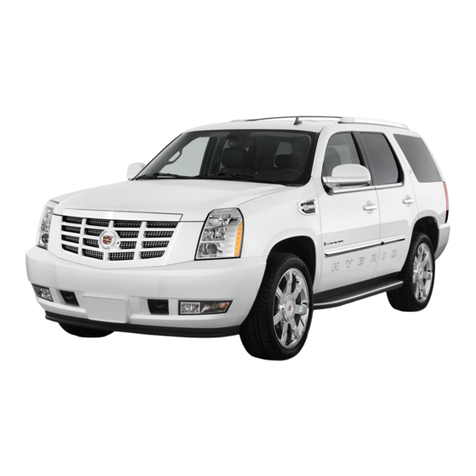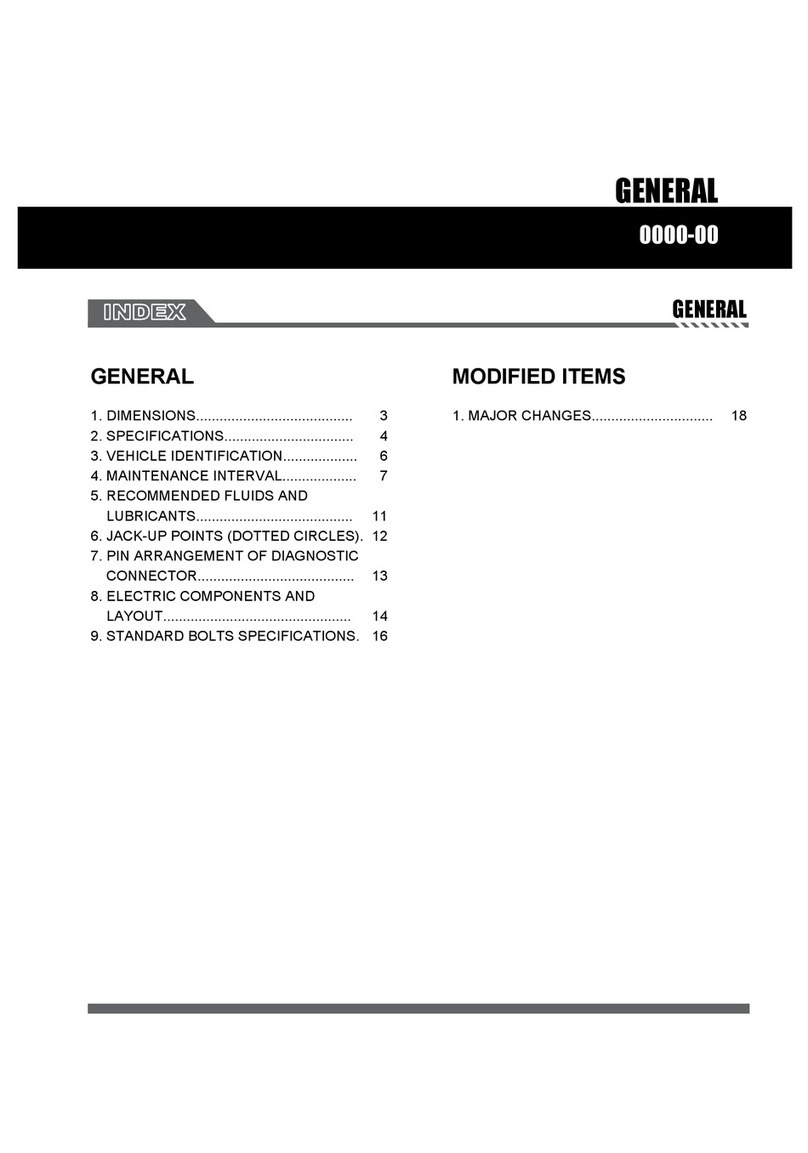GMC 1997 Sonoma User manual
Other GMC Automobile manuals
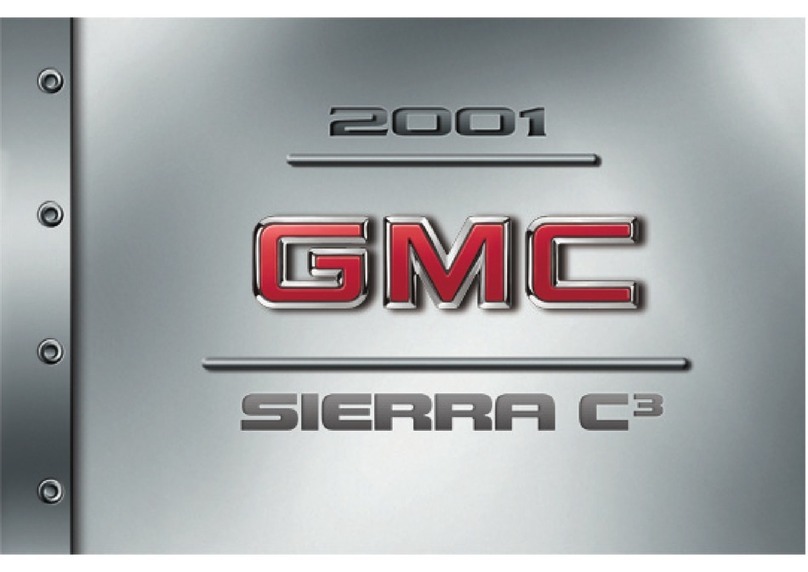
GMC
GMC 2001 C3 User manual
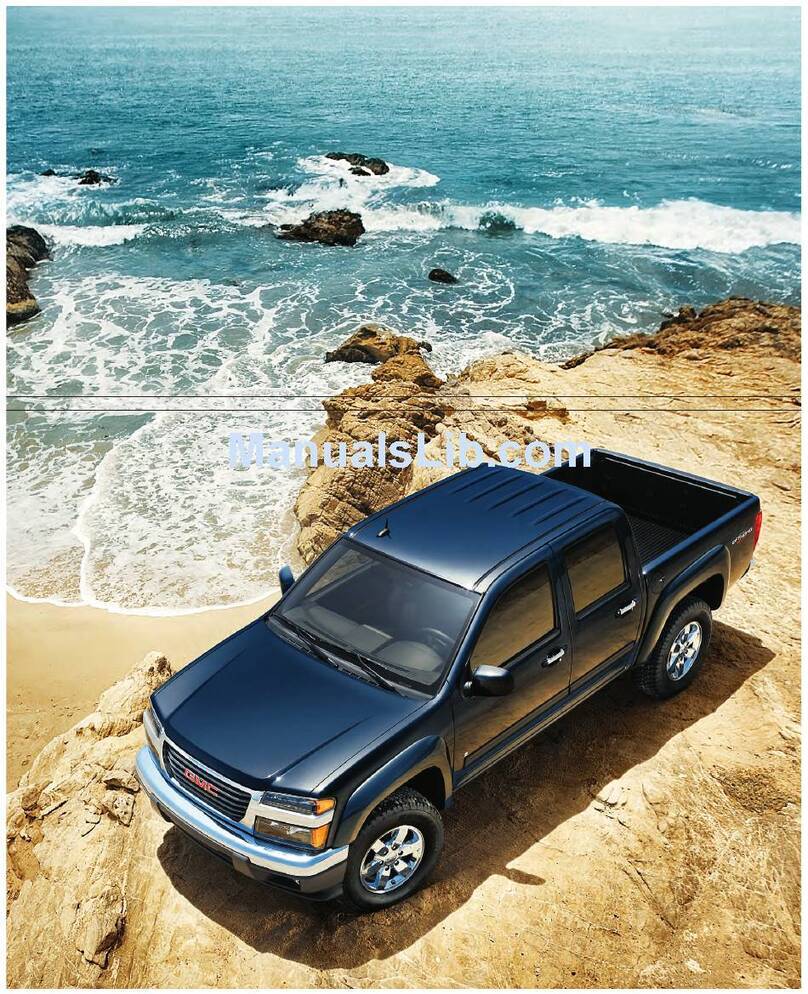
GMC
GMC CANYON - 2010 User manual
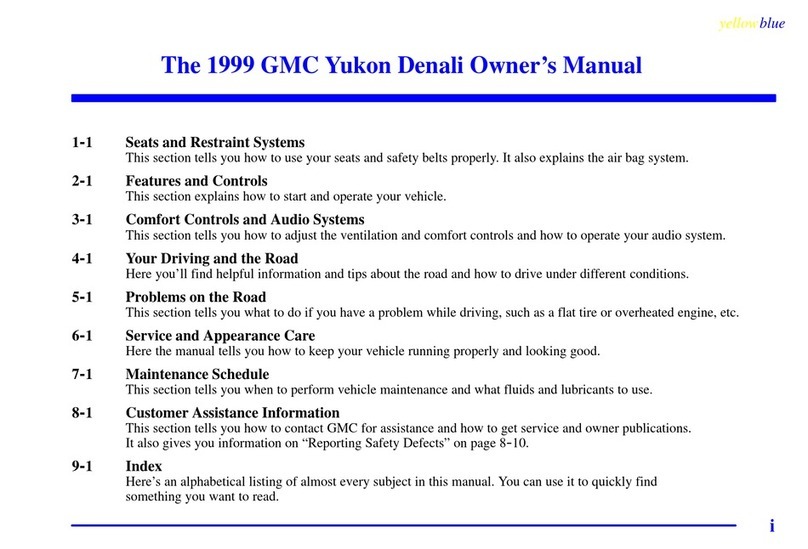
GMC
GMC YUKON DENALI 1999 User manual
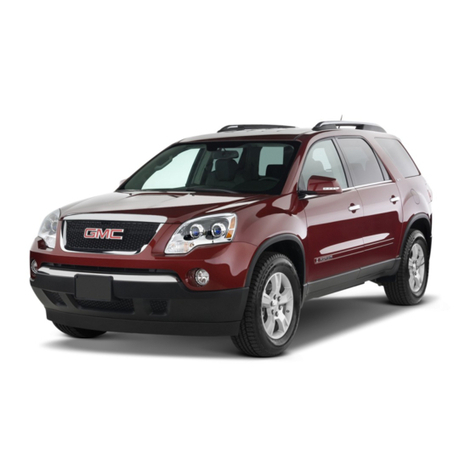
GMC
GMC 2010 Acadia User manual

GMC
GMC 2011 GMG Canyon User manual

GMC
GMC 2013 Acadia User manual

GMC
GMC 2015 Canyon User manual

GMC
GMC Chevrolet Silverado 2500 HD 2022 User manual
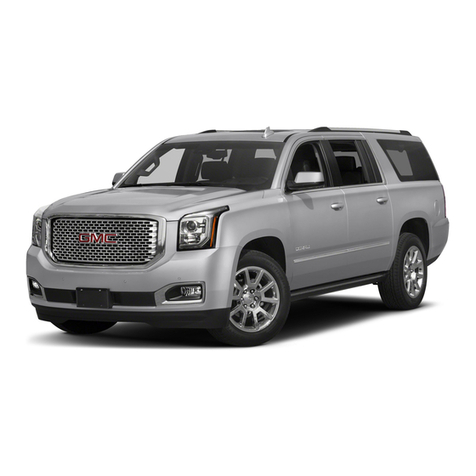
GMC
GMC Yukon XL Denali 2015 User manual
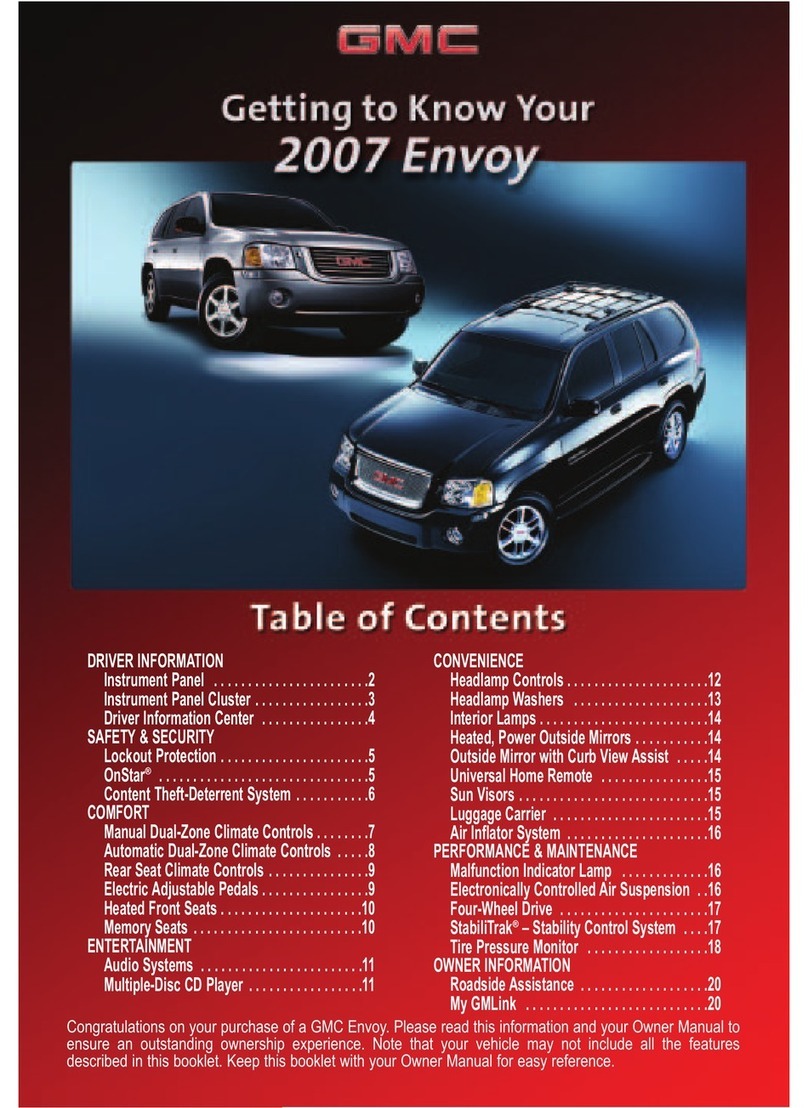
GMC
GMC 2007 Envoy Denali Assembly instructions
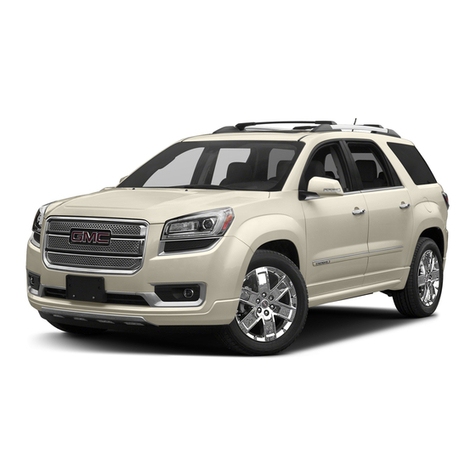
GMC
GMC ACADIA User manual

GMC
GMC HUMMER EV 2022 User manual
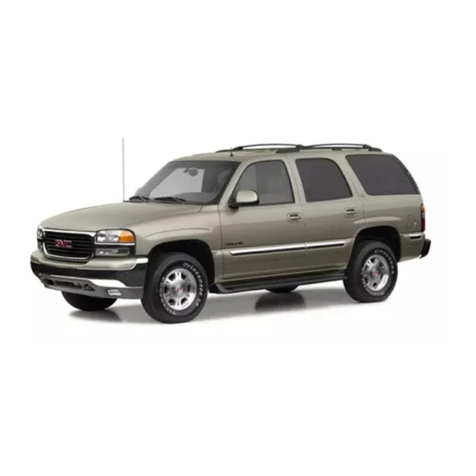
GMC
GMC 2002 Yukon XL User manual
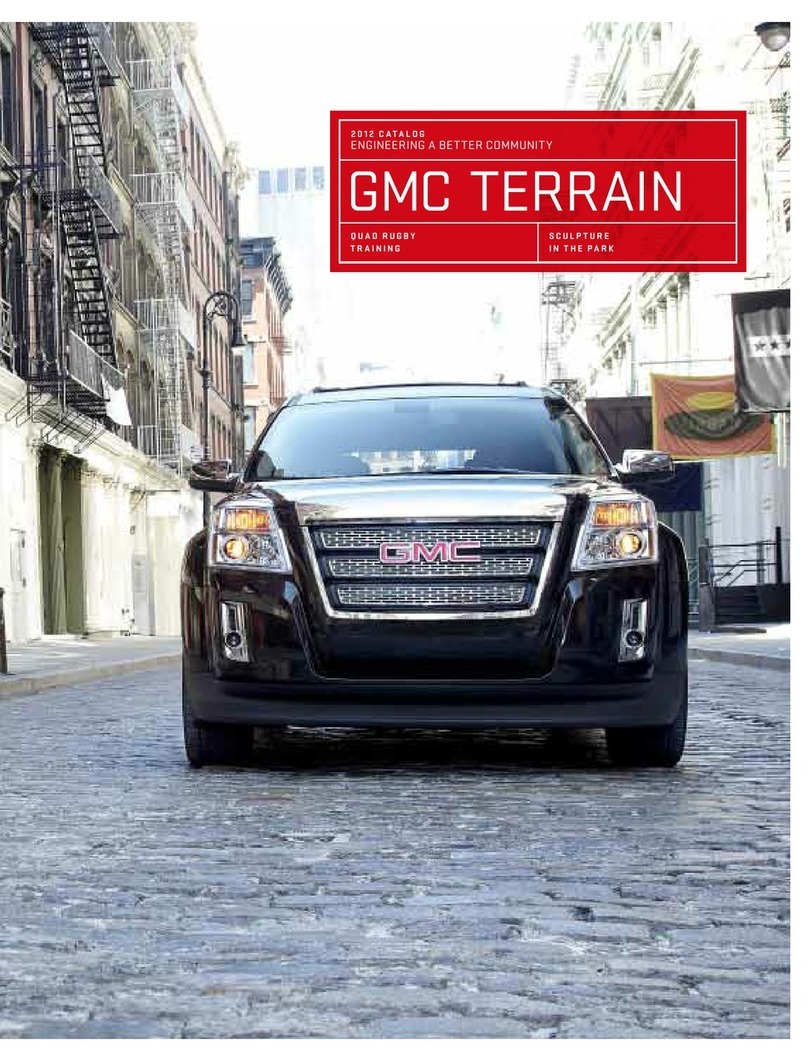
GMC
GMC 2012 Terrain User manual

GMC
GMC Yukon XL Denali User manual
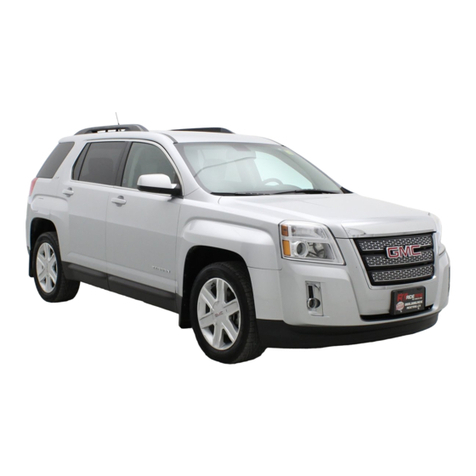
GMC
GMC 2011 Terrain User manual
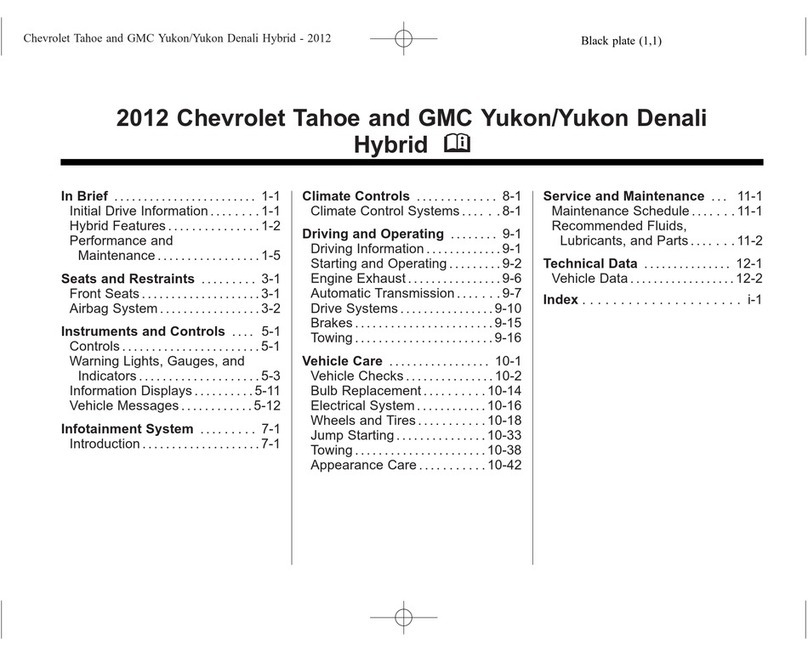
GMC
GMC 2012 Yukon User manual
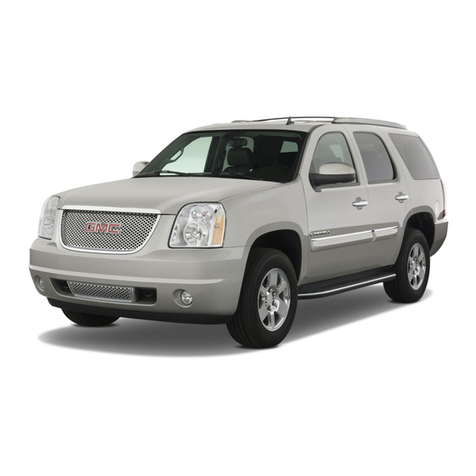
GMC
GMC 2008 Yukon User manual

GMC
GMC 2000 Envoy User manual
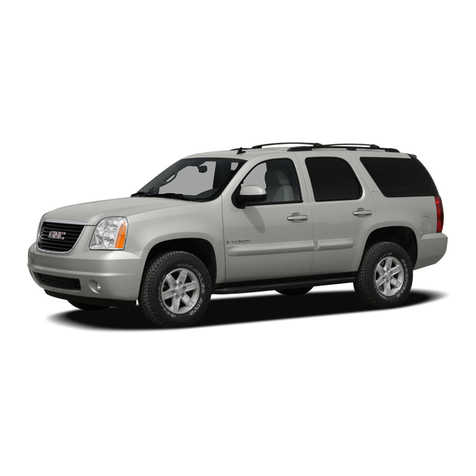
GMC
GMC 2008 Yukon Assembly instructions



